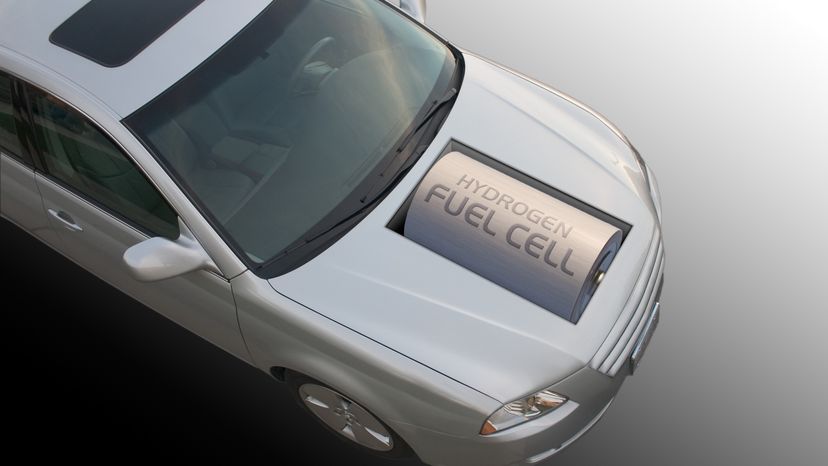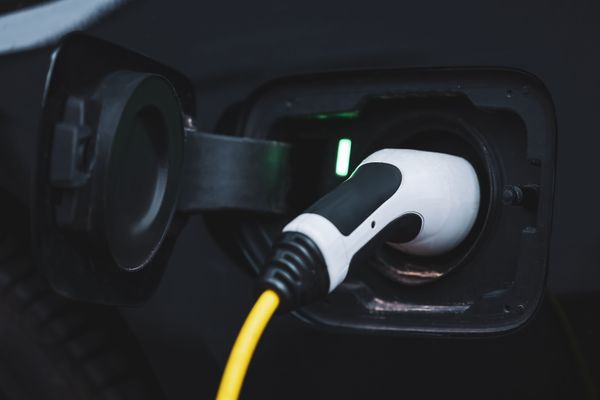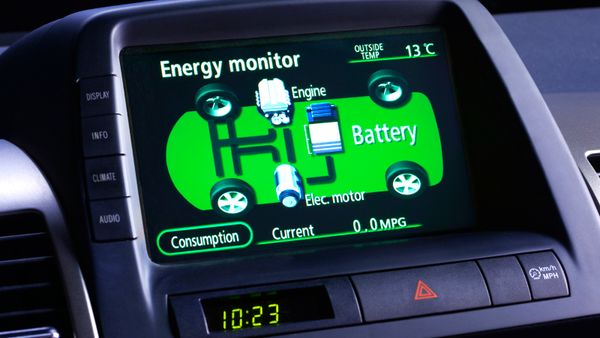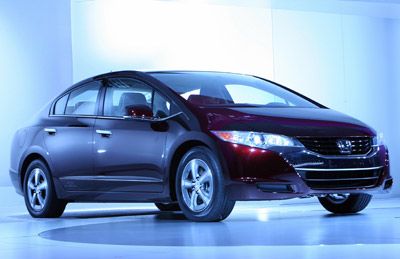If you read the article on fuel cells, you know that they produce electricity from hydrogen and oxygen, and emit only steam. The main problem with hydrogen-powered fuel cells involves the storage and distribution of hydrogen. See How the Hydgrogen Economy Works for details.
Hydrogen gas is not a very energy-dense fuel, meaning it contains little energy per unit volume compared to a liquid fuel like gasoline or methanol. So it is difficult to fit enough hydrogen gas into a fuel-cell powered car to give it a reasonable driving range. Liquid hydrogen has good energy density, but it must be stored at extremely low temperatures and high pressures; this makes storing and transporting it rather difficult.
Advertisement
Common fuels like natural gas, propane and gasoline, and less common ones like methanol and ethanol, all have hydrogen in their molecular structure. If there were a technology that could remove the hydrogen from these fuels and use it to power the fuel cell, the hydrogen storage and distribution problem would be eliminated almost entirely.
That technology is in development. It is called a fuel processor, or a reformer. In this edition of HowStuffWorks, we will learn how the steam reformer works.
Advertisement



